Broccoli is an undervalued but delicious crop that is easy to grow in many climates and versatile in the kitchen. If you are new to broccoli, or just looking to improve your harvest, find some tips and tricks on growing this classic crop.
Varieties of Broccoli
There are more exciting types of broccoli than most people imagine, like this purple winter broccoli. There are early, late and winter hardy varieties of broccoli so if you don’t have success with one type of seed, try another next season!
(Note: Some seed catalogs classify broccoli as “brassicas,” others as “crucifers.” Don’t be confused if you see them listed differently in different catalogs—it’s all still broccoli.)
Broccoli loves temperate weather. In hot areas like California it is a winter crop, while in the mild Pacific Northwest it can be grown starting in early spring through most of the summer and into the fall until the hard frosts.
In the places with hot summers and cold winters—like the Midwest—growers can aim for a spring crop and a fall crop.
Try growing several varieties to see what does best in your climate, and ask for tips from your local garden store, agricultural extension office, or from farmers growing broccoli at the farmer’s market.
Planting and Growing Broccoli
As always, prepare your beds by testing and amending the soil. Broccoli likes soil with acidity between 6.5 and 7 pH, and good drainage.
Particularly, brassicas like broccoli need correct levels of calcium and boron to develop. A boron deficiency causes broccoli stems to rot from the inside, and calcium deficiency causes tipburn — the disintegration of the heads.
If you have acidic soils, adding lime will help both your pH and your calcium levels, to give you a more successful crop.
You can start your broccoli whenever you want if you have a greenhouse, or if you’re in an area that doesn’t frost. If you do get frost, wait until after the last frost date.

Transplant or thin your plants to a distance of 12 to 18 inches, depending on the variety, as directed on the seed packet.
For a consistent supply of broccoli, plant several successions. Broccoli bolts fast, especially when the temperature rises above 80F. We plant broccoli once every two weeks.
Common Broccoli Pests And How To Control Them
Like all brassicas, broccoli is quite vulnerable to pests, like aphids, flea beetles, and cabbage worm.
Rotating crops is always a good strategy for pest management. Always rotate broccoli with plants that aren’t related, like tomatoes or carrots. Legumes are also susceptible to aphid infestations so they are not as effective in rotation for pest control, although their nitrogen-fixing benefits the soil.
However, crop rotation will likely not be enough to prevent the pest pressure on your brassicas, and if you have a small garden, your rotations may not be far enough from each other to prevent pest populations from spreading.
Some organic tips for pest control include planting seedlings instead of seeds, because transplants are hardier; using row-cover as a barrier between the plants and the soil; and staying on top of weeding, so that weeds don’t harbor pests.
Organic Pest Spray For Broccoli
If you are still struggling with pest problems, I have had success controlling aphids on broccoli with an organic spray made from tomato leaves and jalapeños.
Ingredients
- 1 cup tomato leaves, chopped
- 1/2 cup jalapeño peppers, diced
- 1 pint water
Directions
- Add all ingredients to a saucepan.
- Bring to a boil, then let sit overnight to steep.
- Strain out the green matter and pour the liquid into a spray bottle.
Spray this mixture liberally on your broccoli plants. For a more professional remedy, most organic farmers use a pesticide made from chrysanthemums. Always use protective gear when applying pesticides—just because it’s organic doesn’t mean it’s not toxic.
Common Broccoli Diseases And How To Cure Them
Broccoli is also susceptible to a couple of troublesome diseases, that, once established, can plague your garden for years.
Black rot is a common disease in all brassicas which causes yellowing and withering, followed black spots and veins. A bacteria causes the disease.
The bacteria can get into the plant from infected ground, or be transmitted by infected seed. Always buy your seed from trusted, reputable seed sources, who test their seeds for pathogens.
You can buy resistant varieties available for broccoli and cabbage, but if your garden gets infected you will have trouble growing brussel sprouts, cauliflower, and other brassicas.
Another common disease, especially in wet climates, is broccoli clubroot.
This fungus lives in the soil and causes abnormal root growth, which lowers crop production. The clubroot fungus is very common in community gardens and teaching farms, where many people come and go, and can be transferred from location to location in contaminated soil.
Infected soil can hold the fungus for up to 18 years, but can be controlled with a 7-year rotation out of brassicas. If you visit other agricultural operations, always wash and bleach your boots before and after, or wear a different pair, to prevent transferring soil diseases.
If you notice a plant showing signs of disease, address the problem quickly. Best practices in biosecurity, crop rotation and early action can save you big headaches in brassica diseases.
How To Harvest Broccoli
A head of broccoli is ready to harvest when the whole head is full but the individual small buds are tight. Once the individual green buds start to become plump and stand out from each other, the broccoli is about to flower. Flowering broccoli is still safe to eat—but when the whole head flowers it’s not very delicious.

Harvesting broccoli is quick and easy. Using a knife, chop the top off. After you harvest the main head, over the next couple of weeks you can harvest the side shoots that grow back, to get a second crop off each plant.
Broccoli keeps for about two weeks in the fridge, but it has limited preservation options. The only way to preserve broccoli is to freeze it.
How To Freeze Broccoli
- Wash and chop the broccoli.
- Bring a pot of water to boil, and dunk the broccoli in it for about 2 minutes, until bright green but not tender. This blanching halts the enzymatic activity that can gradually degrade the vegetable quality even after it is frozen.
- Cool the broccoli rapidly in a bowl of ice water, and freeze.
My Favorite Broccoli Recipe: Broccoli Sesame Saute
The best culinary feature of broccoli in my opinion is the bushy florets which hold sauces, dressings, and cooking juices better than any other green vegetable. The sesame saute is a quick and easy stir-fry recipe which uses broccoli florets to hold the delicious flavors.
Ingredients
- Cooking oil
- 1 small onion, chopped
- 1 cup mushrooms (your favorite kind), chopped
- Ground beef or pork(optional)
- 1 red pepper, diced
- 1 large head broccoli, cut into small florets
- Seasoning: 2 parts soy sauce or tamari, 1 part mirin or cooking sherry, 1 part rice wine vinegar, sesame seeds, pepper, minced garlic, minced ginger (all to taste).
Directions
- Mix the seasonings together in a bowl and set aside.
- Pour a small amount of oil into a saute pan over medium heat.
- When the oil shimmers, add the onions, mushrooms, and ground meat.
- Saute until the meat is cooked through, and the onions are soft and beginning to brown.
- Add the red pepper and broccoli.
- Pour in the seasoning mixture, stir rapidly, and cover as the broccoli steams.
- Remove the lid when the broccoli is bright green and just beginning to become tender. Serve hot with rice, garnish with toasted sesame seeds.
Whether you are just starting out or if you are an experienced broccoli grower who is looking for new tips, always remember to ask other gardeners, local experts, farmers at the market, specialists at your county extension or members of your local master gardener program. As always, when we are farming or gardening, the most important thing we are cultivating is community.


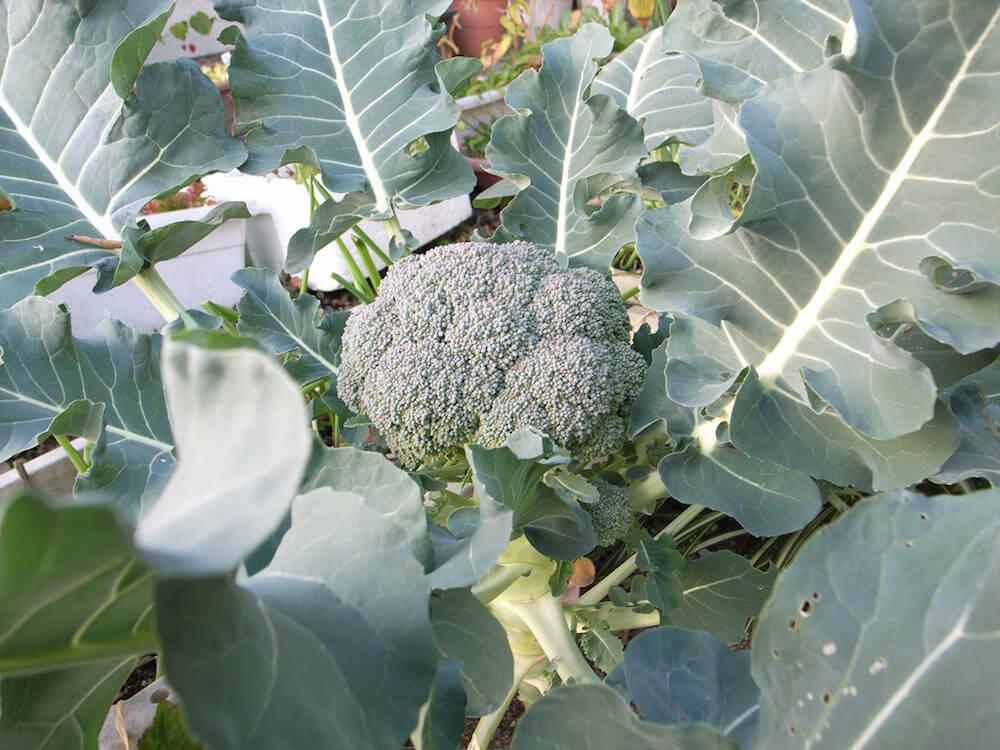





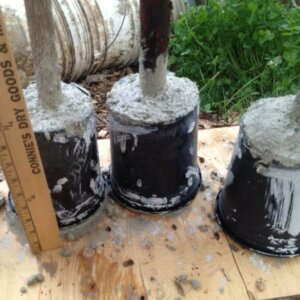








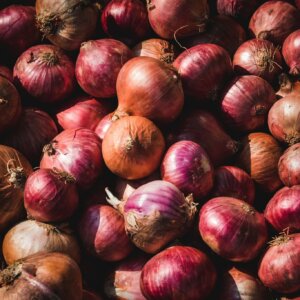

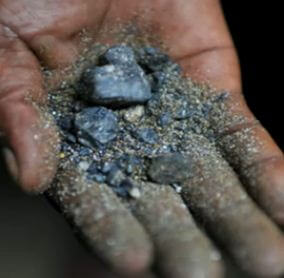










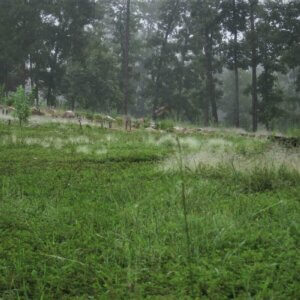












Leave a Reply